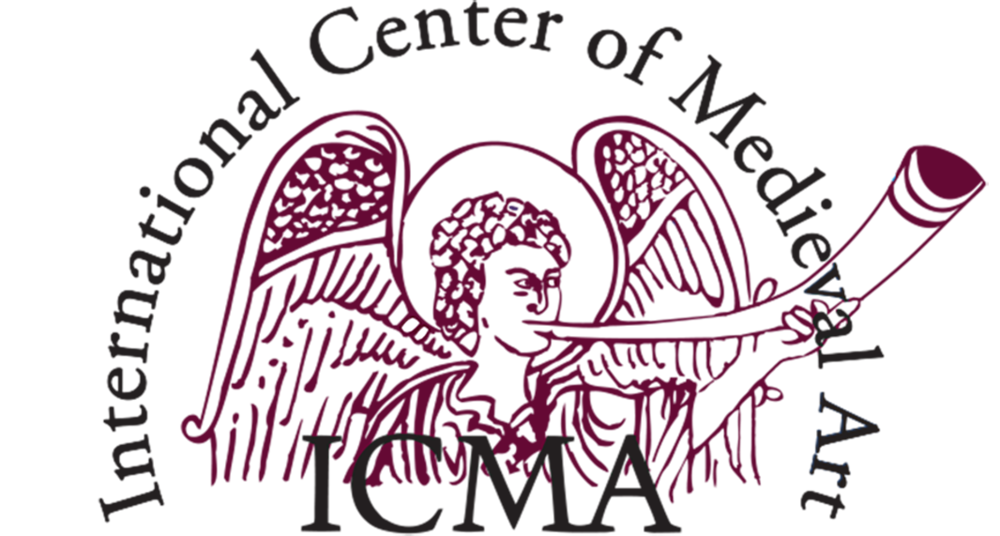To book tickets and for more information, click here.
£15.00, concessions available
Hosted in partnership with colleagues at The Church of England, Icon, and English Heritage, this symposium marks the culmination of the first major phase of a grant-funded digitisation project to make the National Wall Paintings Survey publicly accessible through a dynamic new online database.
Begun by Professor David Park at The Courtauld in 1980, the Survey has grown into a vast and internationally important resource, comprising records of all known British medieval wall paintings as well as extensive material on post-medieval schemes of painted decoration. Encompassing photographic records, conservation reports, annotated publications and previously unpublished research, the archive documents the UK’s most lavish courtly and ecclesiastical murals alongside paintings in more humble contexts. Incorporating material bequeathed from the archives of some of the UK’s earliest pioneering conservators, the Survey constitutes an exceptional record of the condition of Britain’s wall paintings and forms an essential point of reference, both for scholars of art history and for those charged with the ongoing care of these works.
This interdisciplinary study day is an opportunity for those working across the field of British wall paintings to reflect upon the evolution of approaches to their study and conservation, and to explore collaborative endeavours which might better inform their future care. Comprising three sessions of short papers from a diverse and engaging line-up of scholars and heritage professionals, the day will conclude with an informal panel discussion around the theme of collaboration.
Organised by Emily Howe (Project Lead, National Wall Paintings Survey at The Courtauld) with Tracy Manning (Cathedral & Church Buildings Department, Church of England), Sarah Pinchin (Chair, Icon Stone & Wall Paintings Group) and Sophie Stewart (Collections Conservation, English Heritage).
Programme:
9.30 – 10.00: Registration opens
Coffee and tea provided
10.00 – 11.15: Session I – Emerging Approaches
Chaired by Caroline Babington, formerly Palace of Westminster
Emily Howe, National Wall Paintings Survey Project,
Towards a national repository for the documentation of wall paintings
Tracy Manning, Cathedral & Church Buildings Department, Church of England,
Managing the care of wall paintings in churches: following the rules and finding good advice
Sophie Stewart, English Heritage,
From the Ministry of Works to English Heritage: conserving the nation’s wall paintings
Mark Perry, Perry Lithgow Partnership,
Wall painting conservation in private practice
11.15 – 11.45: Break
Coffee and tea provided
11.45 – 13.00: Session II – Improving Approaches
Chaired by Jane Spooner, The Courtauld
Kate Giles, Centre for the Study of Christianity and Culture, University of York,
Writing on the walls: locating and using historical sources to inform understanding of past conservation practices
Tobit Curteis, Tobit Curteis Associates,
Working with others: wall painting conservation in building projects
Lizzie Woolley, Opus Conservation,
Imaging techniques for the conservator’s toolbox
Stephen Rickerby, Rickerby & Shekede
Focusing conservation aims and requirements
13.00 – 14.00: Lunch
Provided for all attendees with ticket purchase
14.00 – 15.30 Session III – Interdisciplinary Approaches
Chaired by Alixe Bovey, The Courtauld
Miriam Gill, University of Leicester,
Variations and identifications: intersections between conservation and art history
Andrea Kirkham, Andrea Kirkham Conservation,
Recording domestic wall paintings
Florence Eccleston, The Courtauld,
Navigating the challenges of researching wall paintings
Jane Rutherfoord, Rutherfoord Conservation,
‘The Conservator as Art Historian’ and the approach to the wall paintings at Llancarfan
Sophie Godfraind, Historic England,
The role of Historic England in the care of wall paintings
15.30 – 16.00: Break
Coffee and tea provided
16.00 – 17.00 Session IV – Collaborative Approaches
Chaired by Sarah Pinchin, Icon/Historic Royal Palaces
Discussion session, led by a panel of heritage professionals, conservators and conservation scientists.
Participants include:
Jonathan Deeming, Heritage Architect, Purcell,
Helen Howard, Scientific Department, National Gallery,
Katy Lithgow, Formerly Head of Conservation, National Trust,
Peter Martindale, Peter Martindale Conservation
Ruth McNeilage, McNeilage Conservation,
Nigel Walter, Archangel Architects
17.00 to 18.00: Drinks reception
The National Wall Paintings Survey Project is funded by grants from the Paul Mellon Centre for Studies in British Art, Pilgrim Trust, and Marc Fitch Fund.



















